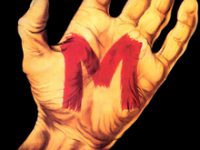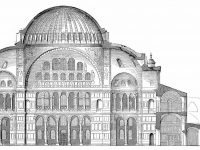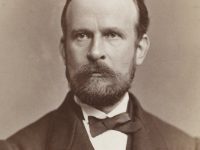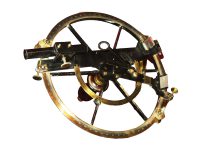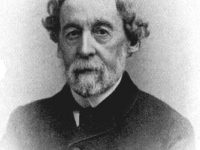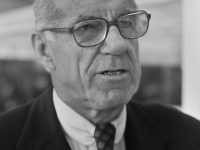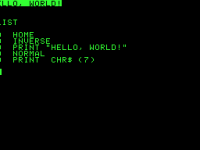M – A City looks for a Murderer
On May 11, 1931, German drama-thriller “M – A city looks for a murderer” directed by Fritz Lang and starring Peter Lorre premiered in Berlin at the UFA-Palast am Zoo. Now considered a classic, the film was deemed by Fritz Lang to be his finest work. M was ranked at number thirty-three in Empire magazines’ “The 100 Best Films Of World Cinema” in 2010. The film concerns both the actions of a…
Read more











